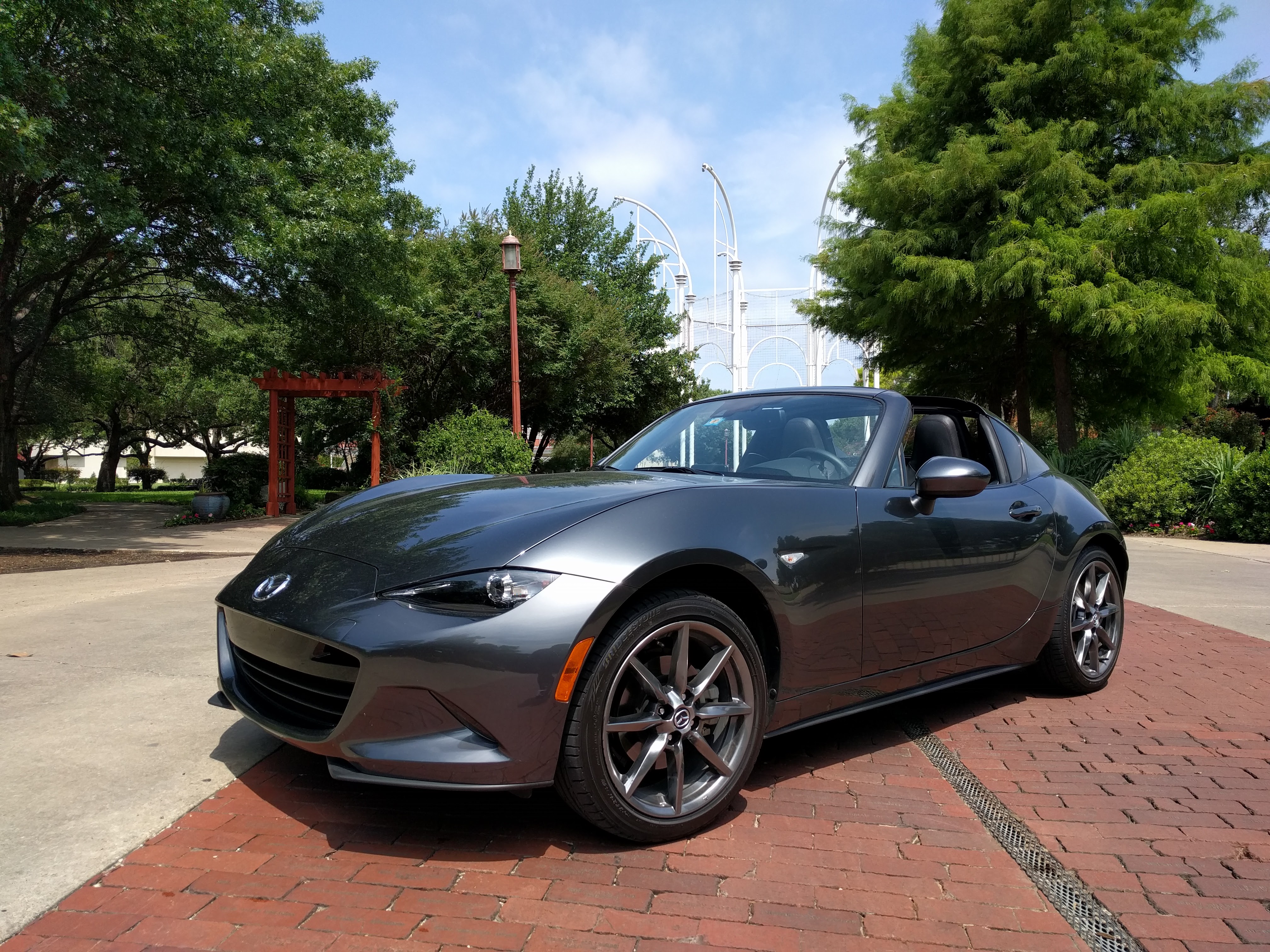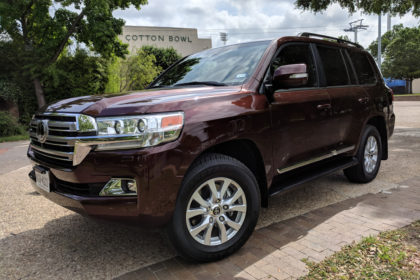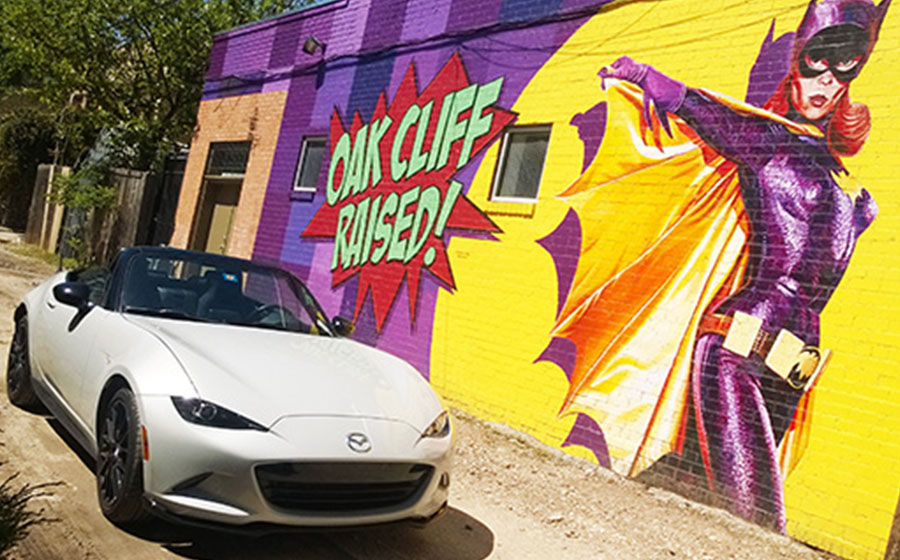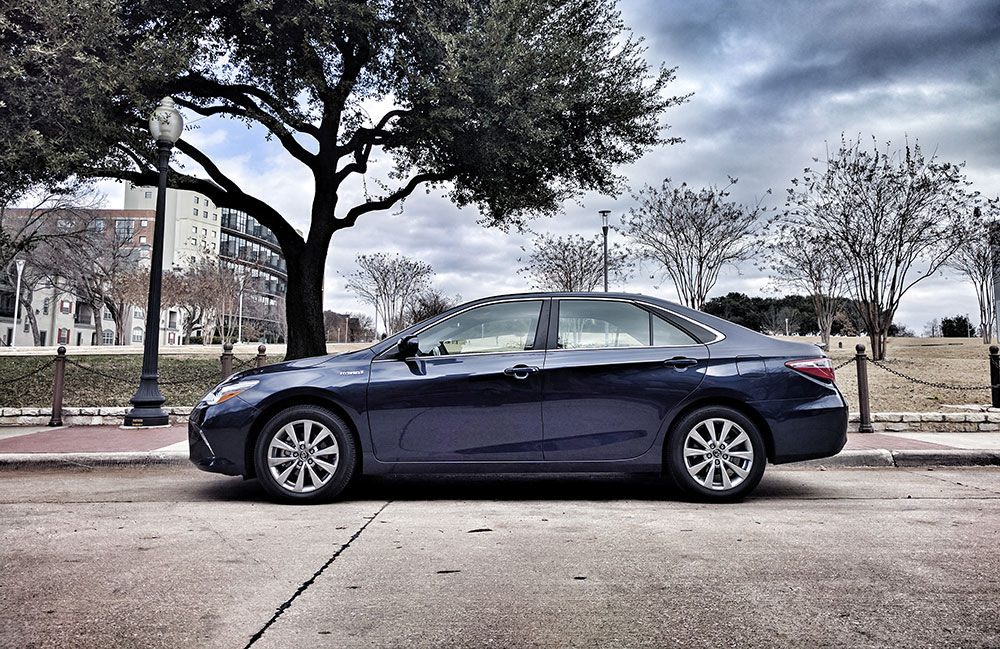Legend has it that an automotive journalist originally had the idea for what would one day become the Mazda Miata. His name is Bob Hall and the story goes like this: in 1976 while working as a writer with Motor Trend, Bob runs into Kenichi Yamamoto and Gai Arai, both of whom were heading up Research and Development at Mazda at the time. Kenichi and Gai were looking for the inspiration that would lead to Mazda’s next big idea and it was Bob who suggested that the automaker look to the classically-British sports cars that were quickly gaining popularity among drivers wanting to put the pedal to the metal.
Now, I don’t know how true that story is (from what I understand the tale hasn’t been disproven.) Even if it isn’t true, the story is indicative of the Mazda Miata’s spirit; it has proven throughout the years to be a car designed for the pure thrill of driving. So it makes sense that an automotive journalist – someone who knows what a capable and enjoyable vehicle should drive like – would be the one to inspire the creation of the Miata. 42 years later the spirit of the classic British sports cars continues to shine through from the Mazda Miata, in bursts of pure automotive bliss.
All the Perfect Lines
The MX-5 is now in its fourth generation and while it’s better than ever, Mazda dropped a welcome bomb on the automotive world in late 2016 when it announced that the 2017 MX-5 would have a model with a retractable roof. In fact, it would be a Fastback Retractable roof that provides a slick, sloping line that clearly separates it from the cloth-top model. This fastback design adds a dimension of beautiful aesthetic structure to the Miata and improves on an already stellar profile. Like the fastback design integrated into the 2015 update of the Ford Mustang, the RF model of the MX-5 is both modern and classic in a way that doesn’t take away from all the elements that made the Miata unique.
The sculpting of the 2016 MX-5 is further refined and subtly improved in the 2017 MX-5. The iconic long hood, short deck building is still the base of the design but up front, the grill is now wider and a hair lower. The headlights are dug deeper into the front fascia, allowing for chiseled lines to flare out and downward, artfully flanking the front Mazda emblem. Both elements create a slightly more aggressive nose that still retains enough playful spirit from the 2016 model.
Along the sides of the body, the rear fenders smoothly jut out more so than last year, balancing the front and rear of the car. These sports car inspired fender designs work in conjunction with the fastback roof to fill out the back half of the MX-5 proportionally, creating a smooth transition from deck to bumper. In fact, side by side with the 2016 model the 2017 RF model clearly illustrates how appropriate the fastback roofline meets the top of the fender in a much more appealing fashion.
Around back the MX-5 is a bit trimmer than the 2016 model and deeper chiseled lines in the bumper create an edgy vertical style. The Machine Grey Metallic paint job was one of the only two available colors the 2017 MX-5 was originally released in and it’s a stunning hue to view in person. Not too dark and not to light, this paint job perfectly compliments the 17-inch alloy wheels that my review vehicle came with.
The Retractable Fastback
It’s truly amazing what a fastback roofline can add to the silhouette of a vehicle and the 2017 MX-5 RF is the perfect example of this. It’s a beautiful addition to an already beautiful design but what does it look like when the roof is retracted? Apparently, the beauty is in the eye of the beholder; some like it, others don’t.
The roof takes a smooth 13 seconds to either retract or detract and it’s actually an interesting procedure to witness from the exterior of the car. The roof breaks down into two smaller portions and folds down in one piece along with the rear window; the rear pillars of the roof and the crossbar that joins them remain up, holding in place the side walls of the fastback slope. With this hardtop roof retracted, gone is the unobscured wide open 360 vista that the cloth top MX-5 offers. It takes some getting used to but I actually prefer this arrangement as it gave me a small sense of security that the pillars will shield me from any debris flying in from the rear.
I heard complaints that the removal of only the rood portion when in convertible mode breaks the roofline in profile view and while this is true, your mind’s eye still draws the line so that the roofline is still maintained.
There’s no getting around the fact that the cabin of the MX-5 is still incredibly small and there isn’t much room for anything else other than the driver and passenger. This is, however, the point. This isn’t the car you take the whole family in or help a friend move with. It’s a car meant to be enjoyed on the open road, with the top down so that you can soak up the scenery.
That being said, the cabin is certainly limiting but not so much that a big guy like me felt uncomfortable. The cabin and dash design are minimalistic and functional – everything a coupe like the MX-5 needs. I’m a big fan of Mazda’s input dial set down behind the shifter which controls the infotainment system; I’ll take this setup over a touchscreen any day of the week. The 9 speaker Bose system certainly held its own against the high winds of the highway with the top down. It’s amazing they were able to find room for 9 speakers in the tiny coupe to begin with but that just speaks to Mazda’s ingenuity.
There isn’t much of a truck, as you’d expect, but once you open up that tiny trunk door, you’re treated to a fairly deep cargo area. During my review week, I braved a trip to the grocery store in the MX-5 and crossed my fingers that all of my grocery bags would fit in the trunk. As you can see from the picture below, they did.
A Nimble Beast
The engine that sits below that long hood is almost identical to the 2016 model: a 2.0-liter 4-cylinder engine that produces 155 horsepower and 148 lb-ft of torque. The Miata is rear-wheel drive and with a total weight of just 2,331 pounds, it’s a quick, nimble beast with a forgiving gearbox that switches gears like butter. I pushed this lightweight roadster from 0-60 in just over 6 seconds and I’m sure even more capable drivers could do it quicker on ideal road conditions.
Handling is on point, allowing for tight cornering, and acceleration is powerful. Of course, fuel economy on the MX-5 should naturally be easy on your wallet; 26 mpg in the city and 33 mpg on the highway for a combined 29 mpg. Mazda offers a 6-speed automatic transmission engine but with a gearbox this fun to handle, this car deserves a manual touch.
A Deserved Reshoot
I snapped the photo above in front of a mural in the Oak Cliff neighborhood of Dallas – the first is in 2016 when I test drove the 2016 Mazda MX-5, the second is this year with the 2017 model. While the mural itself is eye-catching, the real reason I took the same photo twice with different models of the MX-5 is because I enjoyed the 2016 model and it was difficult to imagine Mazda topping itself. With the 2017 MX-5 RF, Mazda has indeed thrown down that challenge by topping the 2016 model in almost every way. So naturally, I decided to update the photo.
The model of the MX-5 RF that I test drove came with a sticker price of $33,885. At first glance, that number might seem steep for the size of car you get but spend time behind the wheel and the ride alone feels worth every penny. The “Sport” model of the MX-5 starts at $24,915 so there is an affordable starting point reasonable for most customers. Of course, the retractable roof is a large part of the price jump but the fastback design is so incredibly sleek that it’s difficult to see the Miata without it. The RF model is a natural step in the progression of the MX-5 and enhances its roadster complex so much so that I can’t imagine that Bill Hall would disapprove.












